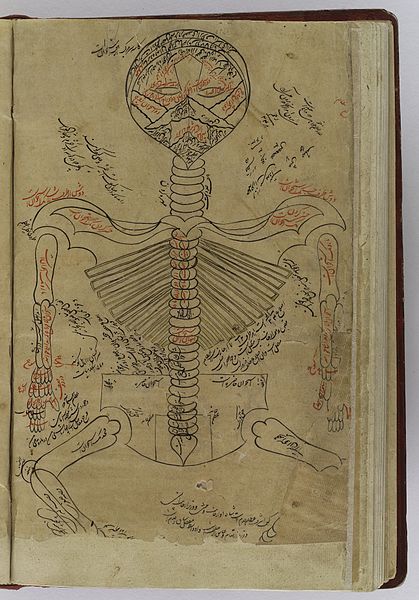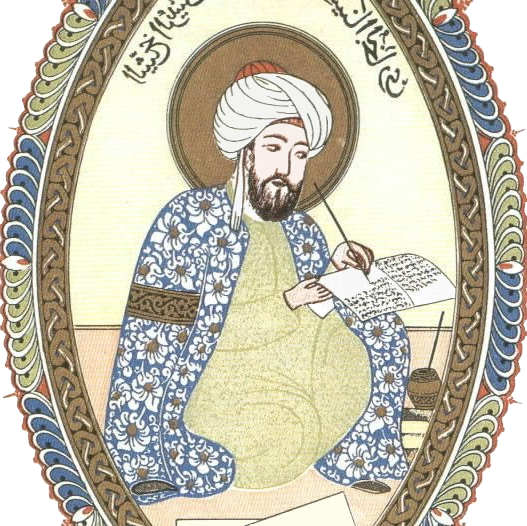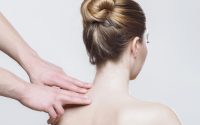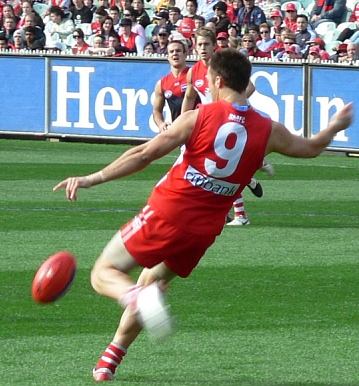The History of Massage: Ibn Sina and the Canon of Medicine
Massage is one of the oldest natural healing approaches in human history. The Chinese utilised massage as a health treatment about 5000 years ago. Indian Ayurveda was dated around 3000 years ago. Ancient Greek physician, Asclepius (1200 BCE), used exercise combined with massage for health. Hippocrates (460-370 BCE), the father of medicine, mentioned the effects of massage by saying “hard rubbing binds, much rubbing causes parts to waste, and moderate rubbing makes them grow.”
Ibn Sina (meaning ‘son of Sina’), or also called Avicenna (980- 1037) lived in Persia and gained a very important position in the medical world with his most important work, the Canon of Medicine. The Canon is a five-volume work which had been used as a textbook in the East until the 17th century. It was also known as the holy book of medicine in the Western world.
Authors from Turkey recently wrote a review about the influence of Ibn Sina on Massage Therapy. Massage is described in detail in a chapter in the Canon of Medicine, in the “Preservation of Health” section in volume one. There were eight types of massage described in the book. These were hard friction that braces the body, soft friction that relaxes the body, repeated friction that reduces the amount of fat in the body, moderately hard friction that improves the body, rough friction that leads the blood to the surface rapidly, gentle friction that increases blood flow in the application area, preparatory friction that prepares the body before exercise, and restorative friction that is applied after exercise which alleviates exhaustion.
The authors noted that Avicenna, whose work influenced Greek and Roman physicians, was heavily influenced by his predecessor, Hippocrates, and Galen. For example, Galen mentioned that the mechanism of massage depends on the direction of massage, e.g., the round massage hardens, contracts and tightens the tissues, while the straight massage relaxes, softens and loosens the body
Avicenna also combined massaging with exercise and used different herbal oils. He also mentioned the stretching and relaxing effects of massage. The physiological mechanism of massage that he explained was the evacuation of unnecessary substances from the body. This toxin removal was based on explanations in Ancient Greek medicine.
The authors concluded that the massage techniques and mechanisms defined by Avicenna about a thousand years ago had contributed a lot to the developments in massage through the historical process. Some of them are still being used today, e.g., massage before and after a sporting event and the removal of toxin.




